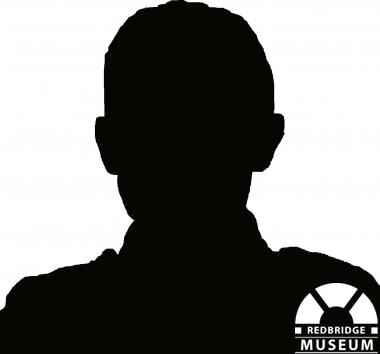
Born on 28th July 1895 at Walthamstow, son of William Hall (Bank Clerk, later Bank Assistant Secretary) and Mary Henwood of 134 Grove Road, Walthamstow. 1901: With his parents at 45 Forest Drive West Leytonstone. 1911: A Scholar of Bancroft’s School living with his family at “Maycroft” 97 Monkhams Avenue, Woodford Green. He was a Sunday School Teacher at All Saints Church. In 1912 he joined Williams Deacon’s Bank, leaving the Marylebone Branch for the Army in April 1915.
During the early morning of 1st July 1916, the first day of the Battle of the Somme, the Rangers gathered in their assembly area for the diversionary attack on Gommecourt. They would be the lead Battalion along with the London Scottish. Accurate German shelling caused a number of casualties at this early stage. The assault was clearly expected; signs on the German front line had called for the attack to begin.
At 07.30 the Rangers advanced into a hail of German shell and machine gun fire, disappearing from view in the smoke barrage. “B” & “C” Companies were impeded by uncut German wire and suffered accordingly, especially from machine gunners in Nameless Farm. All four Company Commanders were killed and only a few men of “D” Company achieved their objective. By 08.15 it was clear the Rangers attack was faltering, not least because some men had already returned to their own front line. 1/4 London Regiment were ordered forward to support them, but they too suffered from shell and machine gun fire. Soon all that remained of the full Rangers Battalion and the supporting 1/4 London, were small groups of men facing attack from German hand grenades, so close had the enemy become. A later attempt at reinforcement by “D” Company of 1/4 London got no further than yards into no man’s land, where it was halted by artillery fire. By 14.30 those survivors of the Rangers and 1/4 London who could do so, were returning to the British front line via shell holes to gain a little protection. The “diversionary” attack was a costly failure.
The horrors of the day are illustrated by Alan MacDonald in his book “Pro Patria Mori”. As the day became evening and the noise of fighting died down, one could hear “the groans, shrieks and crying of hundreds of wounded men who littered the ground across which the battle had been fought”. John Henwood had been Killed in Action, but it would be 1917 before his remains were recovered.
Research by Adrian Lee, Local Historian
Sources:
Ancestry.com
Pro Patria Mori - Alan MacDonald
Woodford Times
The Bancroftian
For more information on this individual please see The Old Bancroftian website.
